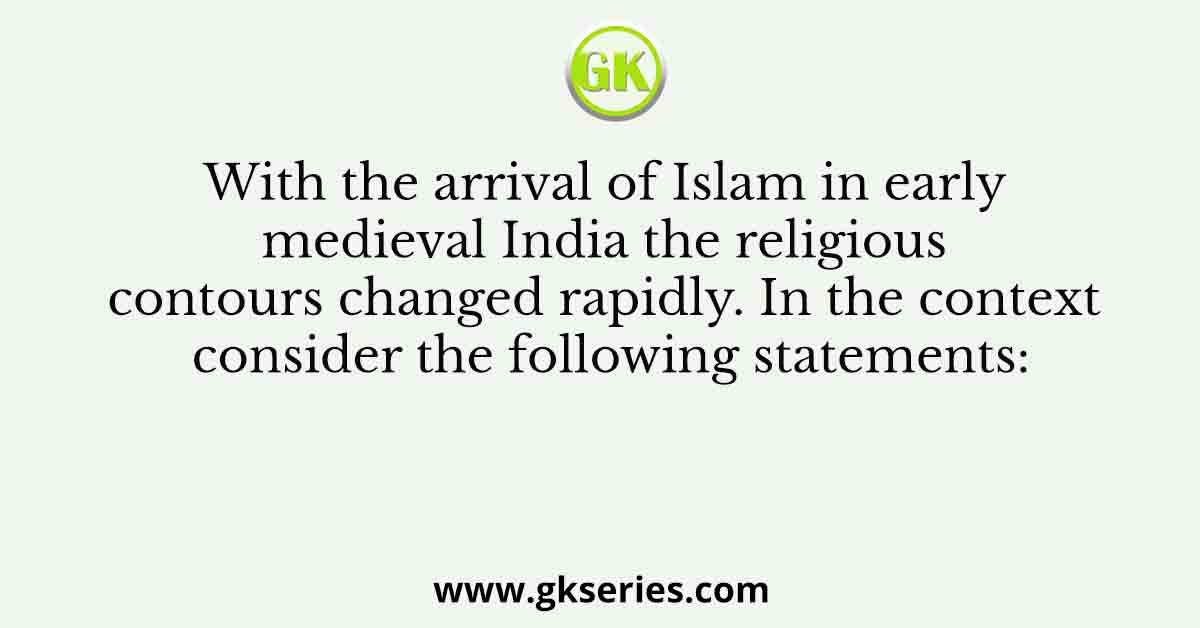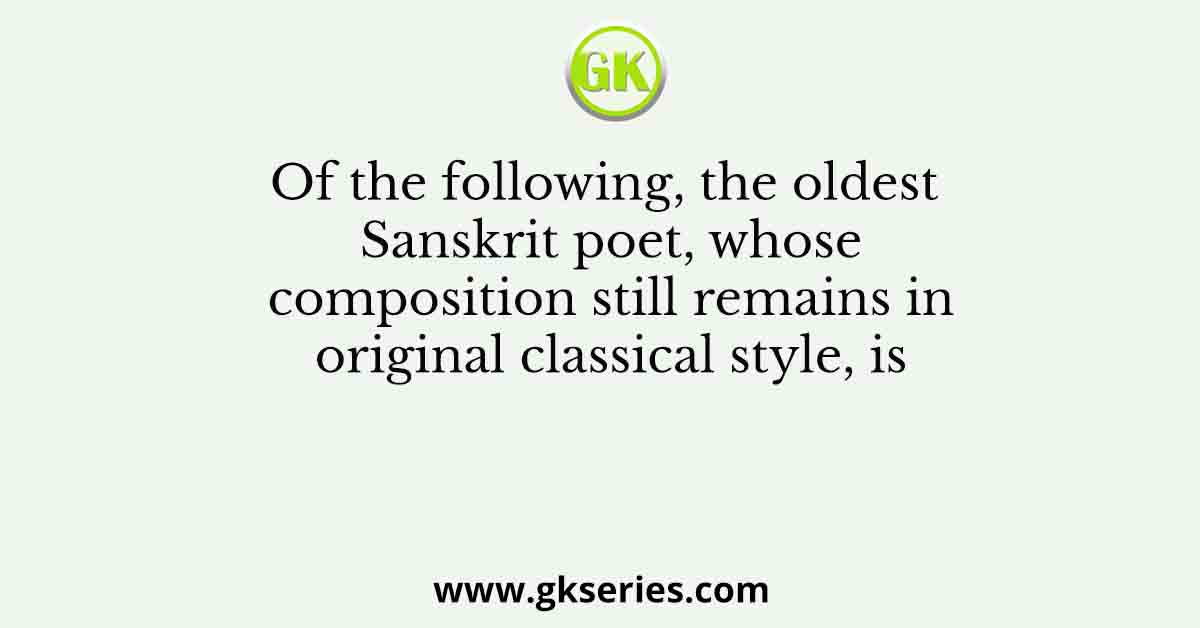
Q. With the arrival of Islam in early medieval India the religious contours
changed rapidly. In the context consider the following statements:
- Strong Shiite activity originated in the Sindh with the establishment of
Fatimid caliphate in North Africa and Egypt - Multan in southern Punjab came to owe allegiance to the Fatimid Caliph in
or around 950 - Mahmud Ghazni virtually destroyed the Shiite community.
Despite it, the Shiite as well as the Ismaili branch survived into later times - Islamic mysticism assumed its classic form by Mahmud Ghazni’s time
Select the code for correct statements
(a) 1 & 2
(b) 2 & 4
(c) 1, 3 & 4
(d) All the above
Ans: (d) All the above
Explanation:
The correct answer is (d) All the above.
All the given statements are correct:
- Strong Shiite activity originated in Sindh with the establishment of the Fatimid caliphate in North Africa and Egypt: The Fatimid caliphate, which was a Shiite dynasty, had an impact on the spread of Shiite activity in various regions, including Sindh in early medieval India.
- Multan in southern Punjab came to owe allegiance to the Fatimid Caliph in or around 950: Multan, a city in southern Punjab, came under the influence of the Fatimid Caliphate during the mentioned period. This indicates the spread of Shiite influence in the region.
- Mahmud Ghazni virtually destroyed the Shiite community. Despite it, the Shiite as well as the Ismaili branch survived into later times: Mahmud Ghazni, a prominent ruler in medieval India, conducted military campaigns against various regions and communities, including Shiites. While his campaigns did impact the Shiite community, both Shiite and Ismaili branches managed to survive and continued to exist in later times.
- Islamic mysticism assumed its classic form by Mahmud Ghazni’s time: Islamic mysticism, also known as Sufism, had already assumed its classic form by the time of Mahmud Ghazni. Sufism, with its emphasis on spirituality and seeking closeness to God, had developed into a distinct mystical tradition within Islam.
Therefore, all the statements are correct, and the answer is (d) All the above.





